Robin and Veronica Aaronson
Ideford
A labour of love: The restoration of a previously unmanaged flood plain meadow.
We moved to The Mill in 2008, inheriting four acres of flood-plain meadow and two of oak woodland. Mill Meadow had been used as occasional pasture, latterly for horses, and had not been cut for hay within living memory.
We had various plans for this land, notably growing willows to coppice as fuel, but we decided to mow the central part, about an acre, to encourage wildflowers. The soil is heavy clay and tends to be fertile, as a result of regular deposits of flood-water.
The sward was dominated by creeping buttercup, creeping bent and couch-grass, forming a dense mat.
We had very little idea of how to create a wildflower meadow. After an experiment with grazing that we vowed never to repeat – the cows made such a mess of the bank of the mill leat – we mowed the whole acre once a year, in July/August, and left the cuttings to lie. This led to a blossoming of the vole population but very little change in the flora.
We then realised that we needed to lower the soil fertility and started raking off after each annual cut.
We have continued cutting and raking ever since, and when we tested the soil in 2018 were pleased to find a phosphorous index of 1.4, a level favourable to a range of wildflowers.
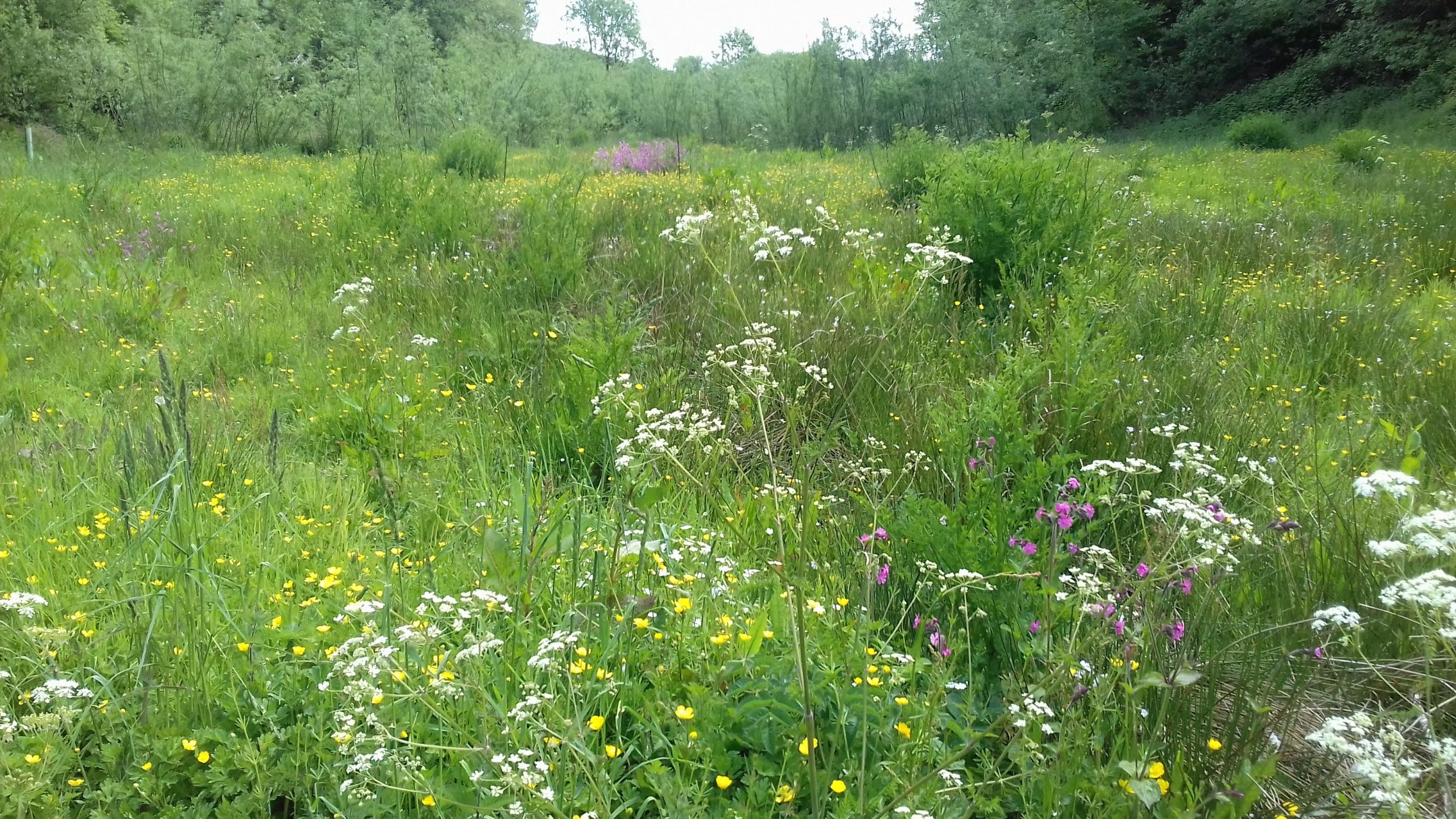
Changes to the meadow flora have been gradual, rather than dramatic. Seeding of a section with an Emorsgate seed mix was largely unsuccessful (although the yellow rattle did germinate). But we now have large amounts of cuckoo-flower, sorrel, ribwort plantain, hemlock water-dropwort, cow parsley and meadow buttercup. Lesser stitchwort appeared one year, common mouse-ear, yellow pimpernel and long-stalked cranesbill another. Lesser celandine, always present, is now widespread across the meadow. All of these are self-seeded plants that decided that conditions were right for them.
In a very small area we have introduced plug plants, after covering the ground with black plastic for a year. Only three of the six species survived: devil’s-bit scabious, sneezewort and great burnet. It remains to be seen whether these plants will spread.
We have noticed a greater diversity of butterflies – orange-tip, meadow brown, gatekeeper, ringlet, brimstone, etc – but have yet to see a marbled white.
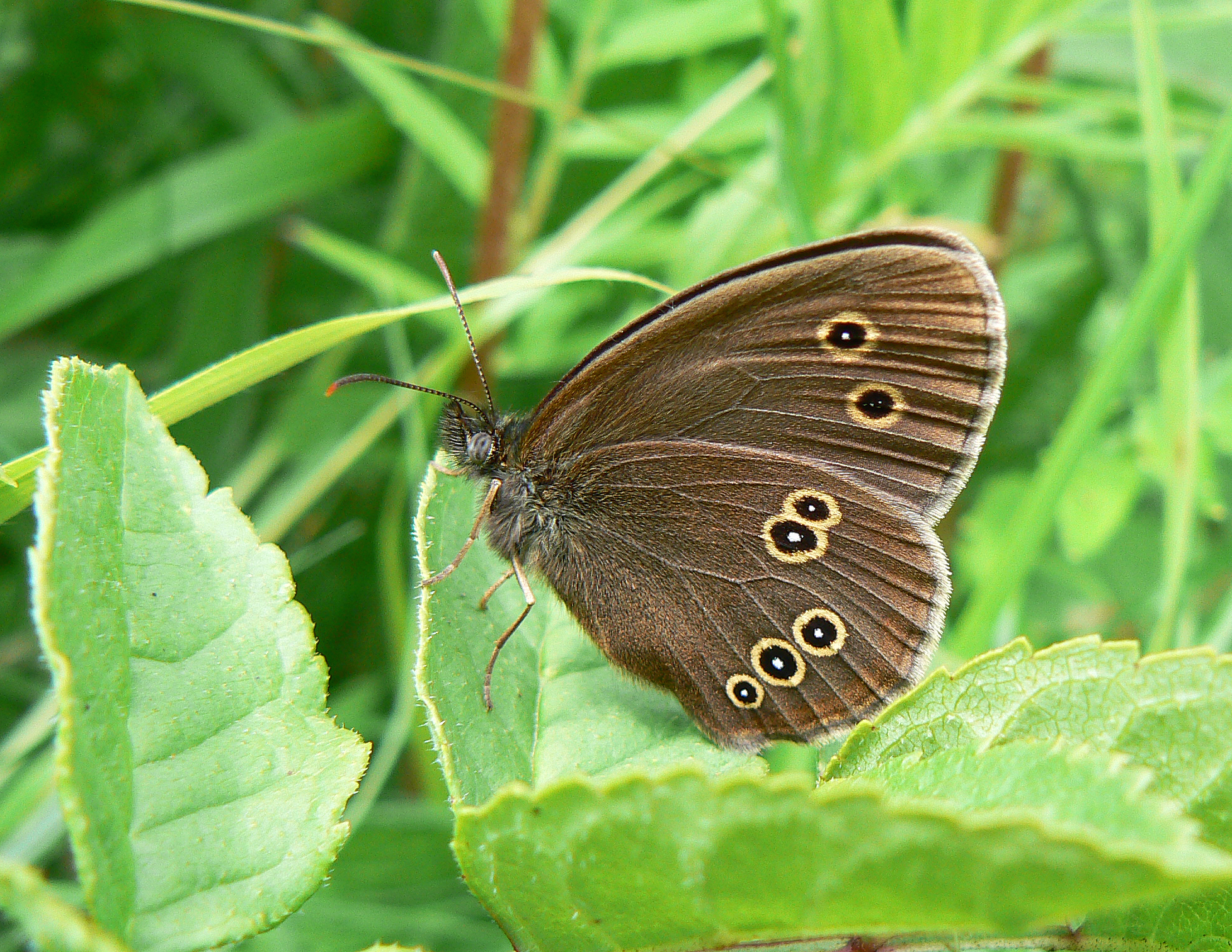
Our management of the meadow continues to develop. From 2018, we have instituted an aftermath – a second cut around October – on top of the summer cut. The latter is now carried out in stages – a section cut each month from April to September – with some left uncut all year.
Much of the sward is now more open and we hope this will encourage the germination of new species. But in some areas the mat of creeping buttercup and grasses is still very thick. We have invested in a spring-tine harrow which we use after mowing, in an attempt to break up the sward further. All management is dependent on the weather, as the ground is often too wet to bring a machine in without compacting the soil, so it can be frustrating, but we will persevere!
Other "Me and my Meadow" stories
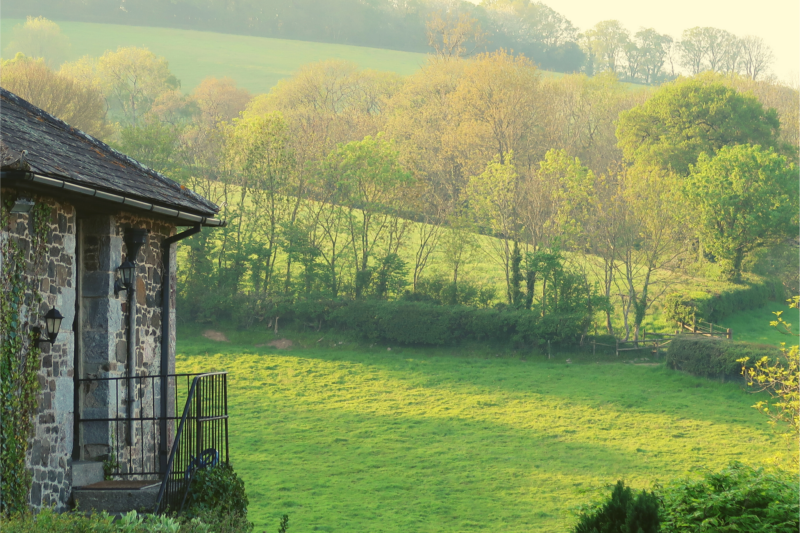
Nick and Sarah Smith
Bickington, Dartmoor
A Dartmoor farm’s focus on improving soil health, sequestering carbon and ensuring its future
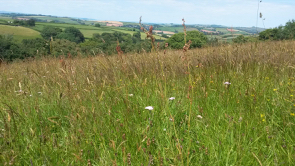
Charlotte Oliver
South Hams
Charlotte's managing her fields as hay meadows and is rewarded with orchids, sweet hay and a host of insects, moths and butterflies.
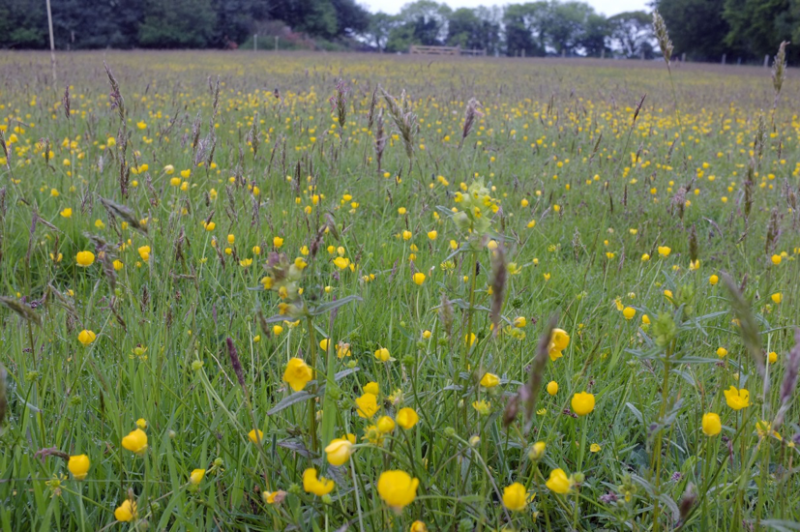
Chris Chapman
Wonson, near Throwleigh
Three acres restored from a sheep-grazed pasture into a haven for wildlife.
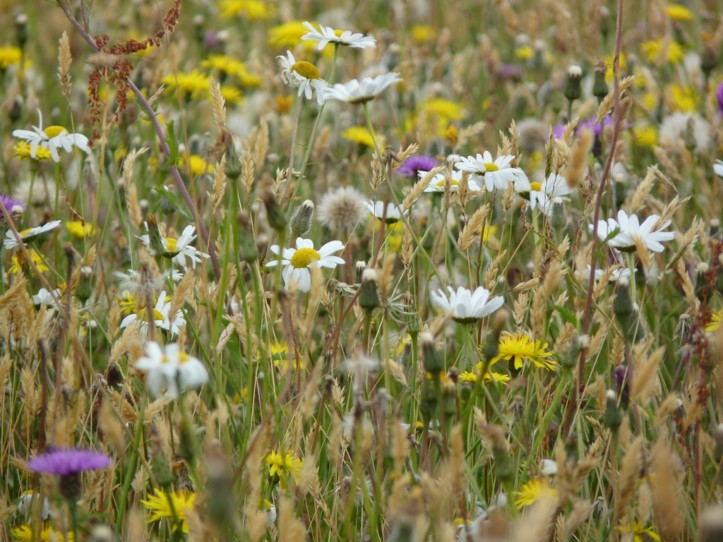
Julian Pady and Alison Andrews
Goren Farm, Honiton
Goren Farm has been in the family since 1955 and was farmed as an extensive dairy farm up until 1990. Since then the fields have been set to hay meadows to develop a natural balance with nature
